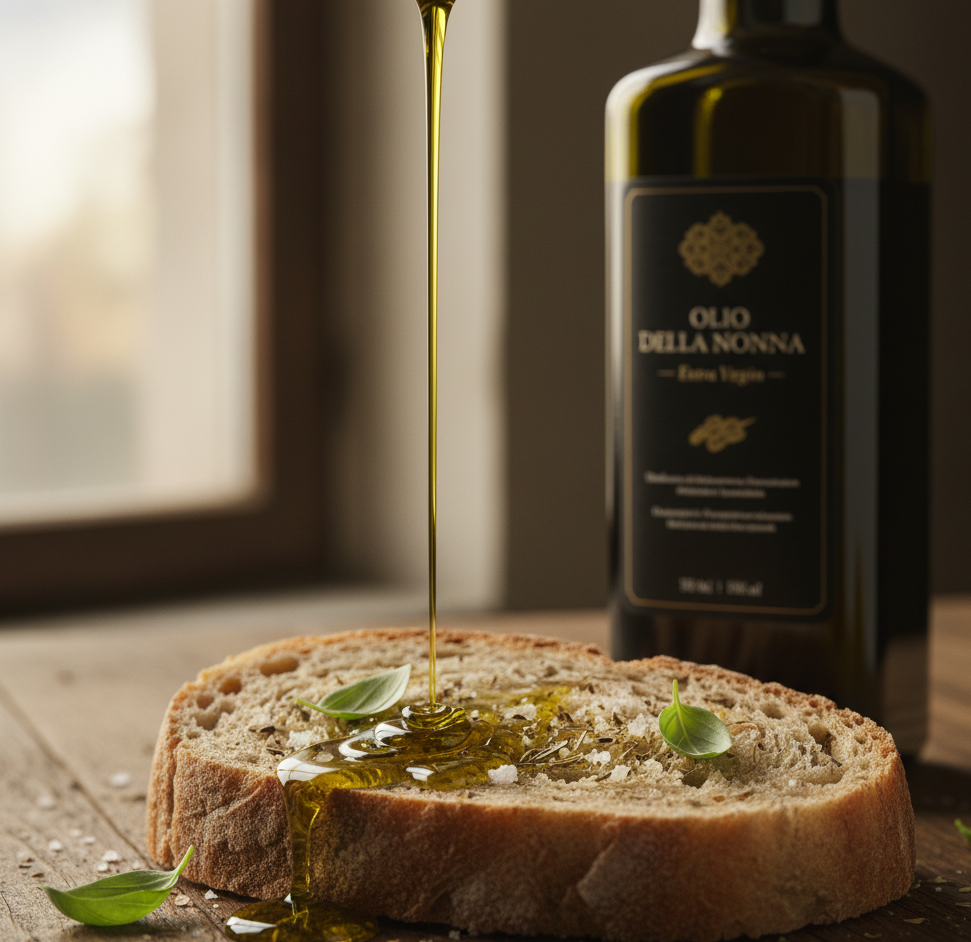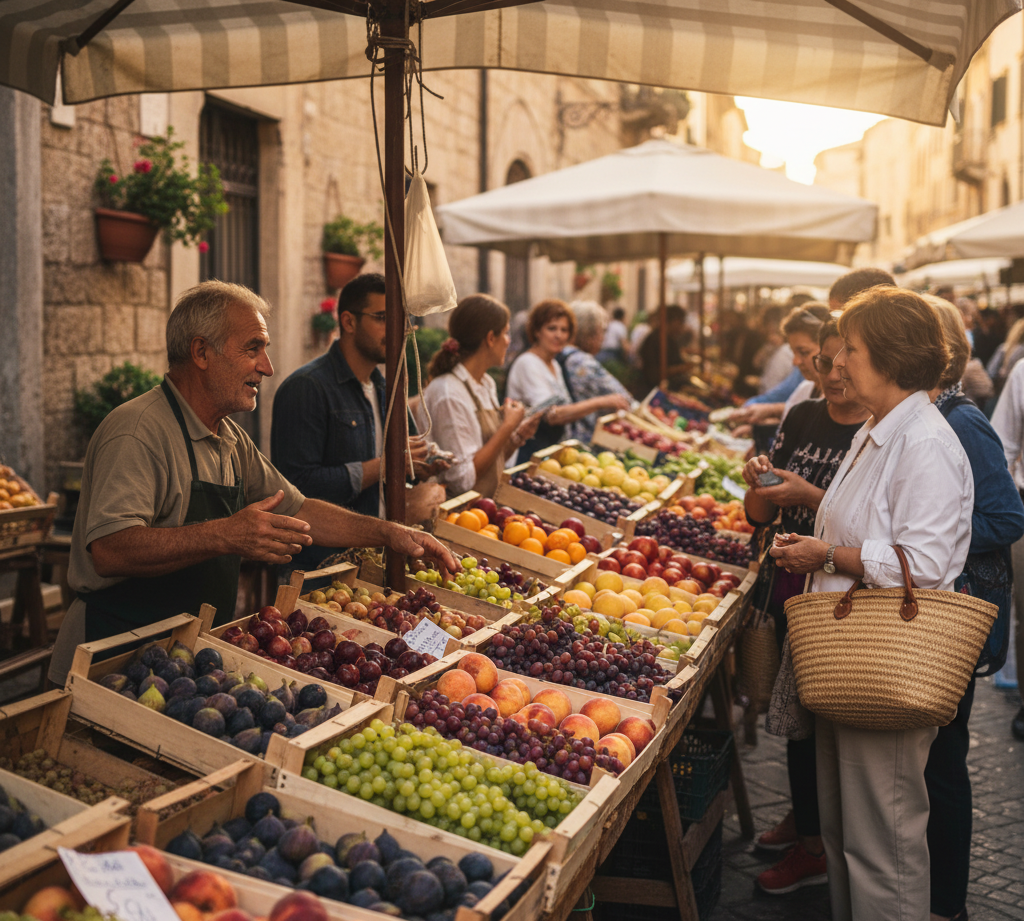Italy ranks first in the world for longevity, with centenarians still driving cars and living independently. An eye-opening look at their food philosophy reveals everything wrong with the American diet.

When a twenty-one-year-old American arrives in Italy, they instinctively expect to eat pasta with fresh tomatoes. That simple expectation reveals something profound: even we know, deep down, that Italian food is different. But most Americans have no idea just how distinct—or why Italians are outliving us by years, even decades, while maintaining the energy and independence of people half their age.
In Italy, it’s not unusual to see people in their 70s and 80s driving better than teenagers. Grandparents who’ve crossed the century mark still do their own work, live independently, and remain active in their communities. This isn’t luck or genetics alone—it’s an entirely different relationship with food that starts in childhood and continues through old age.
The Chemical Catastrophe We Call Convenience
We’re living in a fast food epidemic where the ingredients in our meals have traveled farther than most of us will in a lifetime—especially in places like American, where imported processed foods have become the norm.
And milk? We drink it thinking we’re doing something healthy, never questioning what’s actually in that carton.
But these “crazy” Italians? They’re the rare ones who’ve resisted this madness.
Real food and real colors

When Italians make a cake, the colors come from nature: the yellow of eggs, the green of spinach, the red of beets, and the brown of chocolate. Try finding food coloring in an Italian store—it’s not easy, and for good reason. They don’t use it.
Their fast food—yes, they have it—is frozen fresh, not preserved with chemicals. Artificial jellies and jams are nearly impossible to find in Italian markets. Instead of powdered milk reconstituted with water, they drink liquid fresh milk.
Italian parents prepare exceptional food for their children, consistently opting for organic products. This isn’t a trendy choice for wealthy millennials—it’s standard practice across economic levels. They understand that what goes into a child’s body shapes their health for life.
Salt, Sugar, and the Oil Revolution

Italians consume minimal salt and sugar compared to Americans. While we pour salt from a shaker without thinking, they carefully measure and consider each grain. They use minimal cooking oil, but they consume raw olive oil liberally—not despite knowing its properties, but because they understand them deeply.
Coconut and palm oil, so standard in American and Asian cooking, are rarely used in Italian kitchens. The difference in heart health statistics speaks for itself.
The Fruits

While Americans dream of exotic imported fruits, Italians eat what grows in their gardens or nearby villages. Remarkably, their local fruits often cost more than bananas and pineapples imported from thousands of miles away. Homemade has become fashionable again in Italy—not as a hipster trend, but as a return to common sense.
The same people who once fed the world apples are now growing mangoes, avocados, and passion fruit in their own soil. They understand the benefits of guava and avocado and say “frutta di benessere”—fruit of wellbeing—because they genuinely comprehend the connection between food and health.
Even Cannabis Serves Health
In Italy, cannabis use is legal, but not for the recreational dreaming and escaping that dominates American cannabis culture. It’s prescribed and explicitly used to relieve mental stress caused by illness..
What America Gets Wrong
The contrast is stark and sobering. We’ve created a food system where:
- Soup requires chemical cubes instead of real stock
- Cakes need box mixes instead of simple ingredients
- Fast food travels further than our ancestors ever did
- Milk comes in powder form
- Colors come from laboratories, not gardens
- Convenience trumps nutrition at every turn
Meanwhile, Italians have maintained something we’ve lost: an understanding that food is medicine, that quality matters more than convenience, and that the extra time and money spent on real ingredients pays dividends in longevity, vitality, and independence well into old age.

Italy’s first-place ranking in longevity isn’t mysterious. Their centenarians aren’t genetic anomalies. They’re simply the product of a food culture that never abandoned common sense for convenience, that values freshness over shelf-life, and that understands a fundamental truth we’ve forgotten: you are what you eat, and if what you eat is chemicals and preservatives, you can’t expect to thrive.
The question isn’t why Italians live so long and so well. The question is: why have we convinced ourselves that our way is the usual one?

